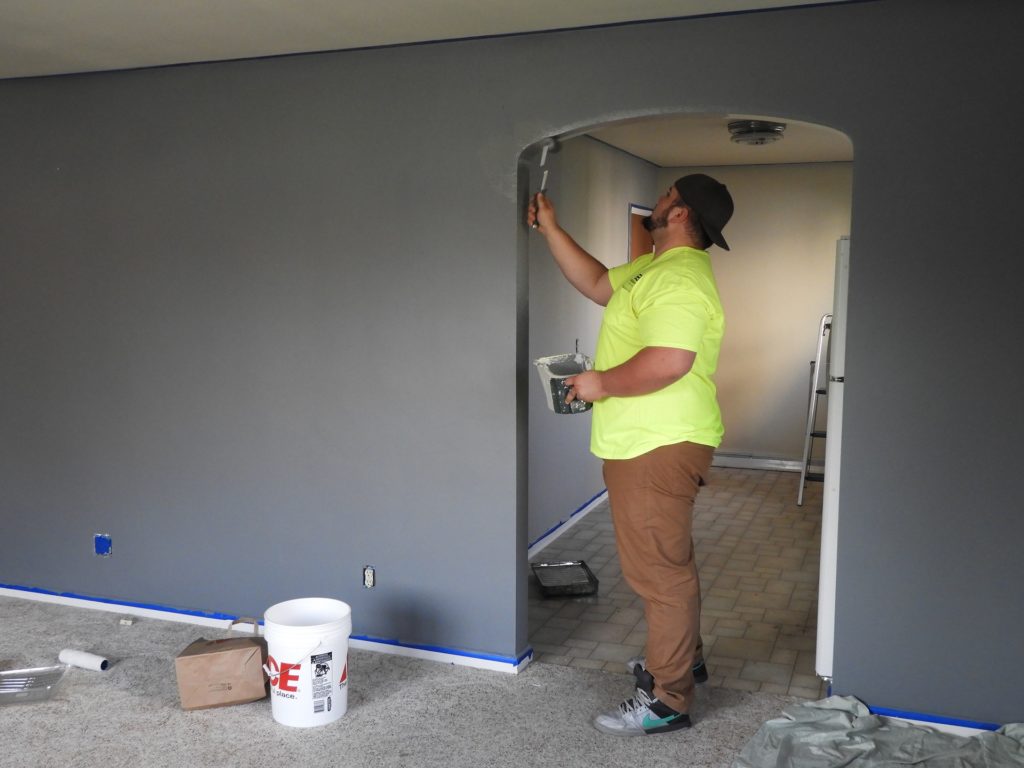
Regardless of size, home renovation is a huge undertaking not meant for the faint of heart. On top of that, if you choose to DIY the whole project it will be even more tiresome and grueling than one that involves hiring contractors. And hiring contractors does not mean that you can be completely hands-off. Far from it – you will have to be involved in every stage of the project.
But since these projects can improve the condition of the house, make your home safer or boost its market value, home renovations can be extremely rewarding. Additionally, with proper planning, you can save time and money and still make the remodeling totally worth the hard work. To reduce cost and make the process less daunting, we’ll walk you through the important factors you need to consider well before hammers start swinging.
Below is a checklist that can make the remodeling project as smooth as possible and help you keep everything on track:
Step 1: Make a list.
There are several types of home renovations projects, such as:
- Whole house restorations
- Home additions, such as home offices or family rooms
- Interior remodeling, such as kitchen or bathroom remodeling
- Finished attics or basements
- Exterior remodeling, including roof change or replacement and insulation of siding and trim
- Porches, sunrooms, patios renovation/addition
Once you’ve decided on the type of renovation you want to get, you can start drafting a list. Draw two columns on a piece of paper or an Excel sheet. The first column will consist of the things you NEED, while the second column will contain the list of things you WANT. This will not only help you in the preparation of the budget stage, but it will also come in handy if you ever need to make tough choices. With this list in hand, you will be able to prioritize in case of budget overruns.
Step 2: Plan a budget.

A ballpark estimate will help you determine if you will need to apply for a loan as well as what you will need to cover with your contractor and architect. A word of advice: consider adding a 10% padding to your budget to err on the side of caution. This surplus will act as an added precaution in case of any unforeseen circumstances.
Use the list from step 1 and prioritize the ‘needs’ above the ‘wants’. At this stage, you want to consider things you are ready to compromise on and things you want to splurge on. Using the same Excel workbook, you can create a new spreadsheet where you’ll list everything that needs to be done and its estimated cost. Remember to account for labor and materials cost, including for small things such as paintbrushes, nails, hammer or tape.
Step 3: Set a target date.
You can’t plan for a home renovation without setting a deadline. Can you imagine planning a roofing overhaul during the winter season? Precisely. Look at the size of your project and decide by when you want it done.
But be realistic.
A complete house renovation cannot be done within 3 months. While it might not be impossible, it will be extremely challenging and costly. You will not only put a lot of pressure on the contractors but also, due to time constraints, you will inevitably have to sacrifice a lot of things and compromise on others.
Instead, plan properly so you schedule the demolition and/or renovation at the right time. Since home renovations are meant to last for a long time, set a timeline that is feasible, affordable and that does not lead to you regretting the whole project.
Step 4: Consider how the renovation will impact your day-to-day life

Once you know for how long the project will last, start thinking about how you and your family will cope with the noise, dirt, and the comings and goings in your home. There are two options you can choose from when finalizing household arrangement:
- Delimit a room or a set of rooms that will remain relatively untouched. Plan accordingly so you can stay there for the entire duration of the project. Remember to reserve storage space for furnishings,
- If the project won’t last long, consider booking a hotel room or renting a flat on a short-term basis. You can also book a hotel room for the days on which you will have no access to water or electricity.
- On the other hand, if you know the project will last for a relatively long period, consider moving in temporarily with your parents or staying at a friend’s place.
You are now ready to start looking for contractors and/or architects. Remember to not rush this process either. Consider asking people you know for recommendations, interviewing each


